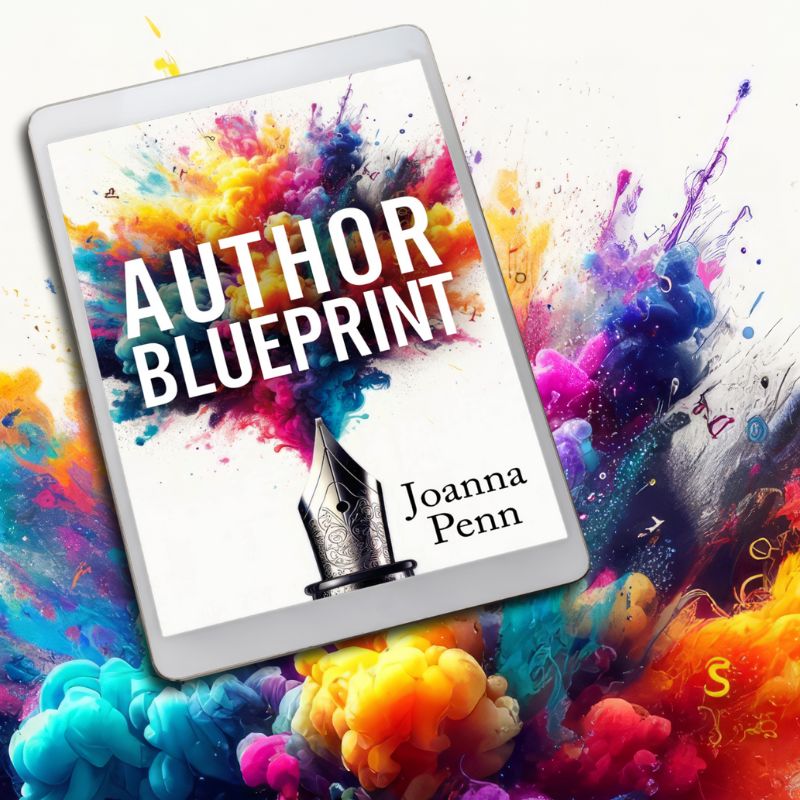What can authors learn from the adoption of AI into the music industry? What are some of the ways musicians are making money in the fractured creator economy? Tristra Newyear Yeager gives her thoughts …
Overcoming Fear Of Judgment To Write The Books That Matter With Joanna Penn And Rachael Herron
How can you overcome fear of judgment and write the books that matter to you — and might help other people? How do you learn to share more of your personal story? Rachael Herron interviews Joanna …
Adapting To Change With Jessie Kwak
As much as we try to plan for things, sometimes life happens and we have to adapt to a new situation. Jessie Kwak talks about adapting to life as a freelance writer and author after being injured, and …
Continue Reading about Adapting To Change With Jessie Kwak →
Writing From Your Shadow Side With Michaelbrent Collings
How can you use what you're scared of to write better stories that resonate with readers? How can you acknowledge your shadow side and bring aspects of it into the light in a healthy way that serves …
Continue Reading about Writing From Your Shadow Side With Michaelbrent Collings →
Making Art From Life. Mental Health For Writers With Toby Neal
What are some of the common mental health issues that writers face? How can we use writing to help us process our problems, and turn our life into art through our books? Author and mental health …
Continue Reading about Making Art From Life. Mental Health For Writers With Toby Neal →
Excellent Advice For Living With Kevin Kelly
How can we build a creative life based on following our curiosity? What are some important attitudes to hold that will help us with a sustainable life and career? Kevin Kelly shares some Excellent …
Continue Reading about Excellent Advice For Living With Kevin Kelly →

